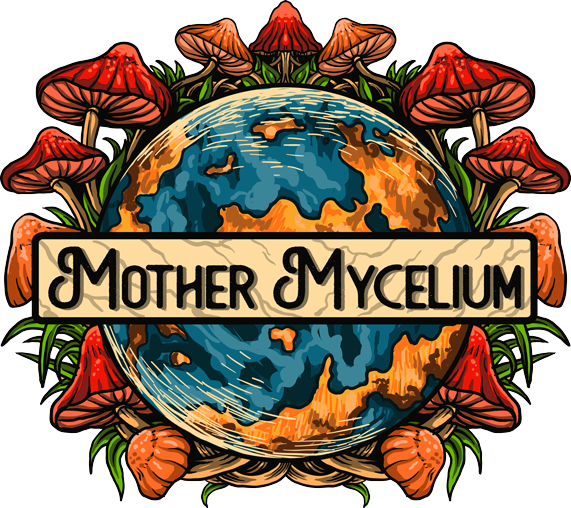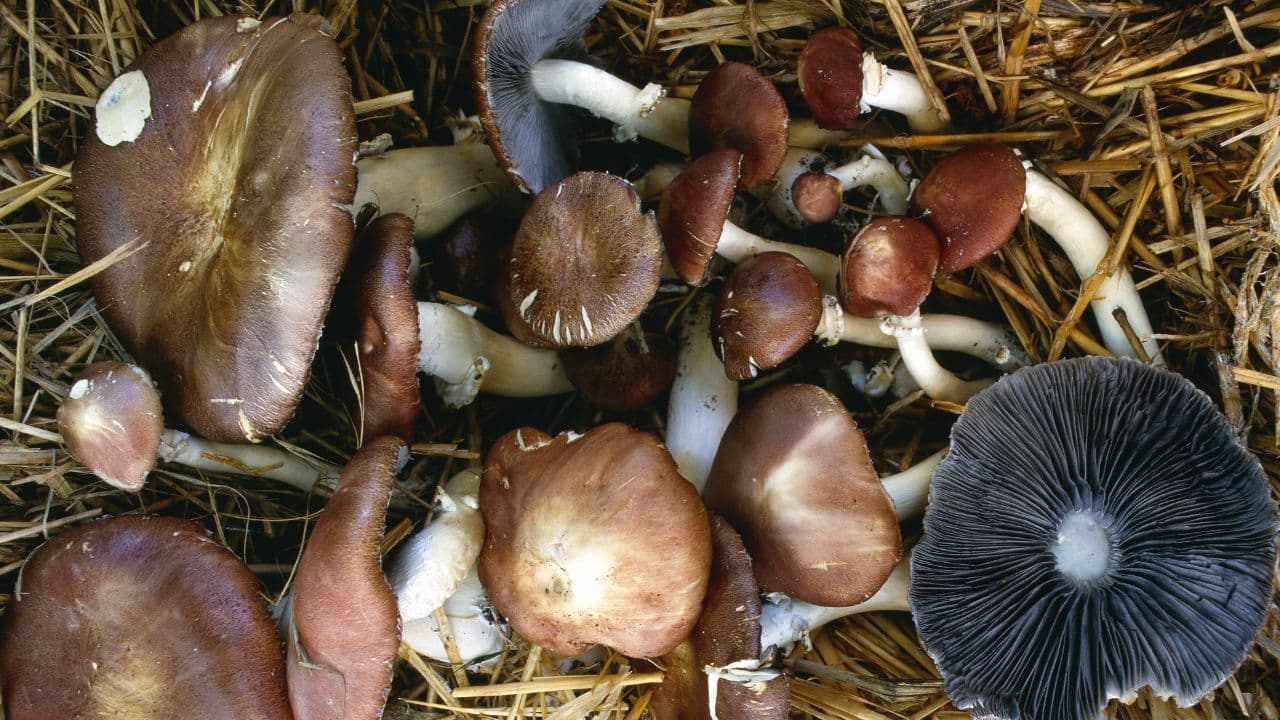
How to Grow Garden Giant Mushrooms Outdoors
Mushrooms can be a rewarding and low-maintenance addition to your garden. One of the best varieties for outdoor cultivation is the Garden Giant mushroom (Stropharia rugosoannulata), also known as the Wine Cap. These mushrooms are easy to grow, visually striking, and delicious, with a slightly nutty flavor. Once established, they can return year after year and may even spread to other areas of your garden. Here’s a step-by-step guide to growing Garden Giant mushrooms in your garden. Click here to watch the video demonstration.
Why Grow Garden Giant Mushrooms?
Growing mushrooms in your garden has numerous benefits beyond just a delicious harvest. Wine Cap mushrooms improve soil health by breaking down organic matter and increasing microbial activity. This process enhances soil aeration and nutrient availability, which benefits your vegetable plants. Additionally, the myceliated woodchips and straw can help retain moisture and reduce soil temperatures in garden beds, reducing the need for frequent watering. Garden Giants are also beginner-friendly, making them a great choice for those new to mushroom cultivation. Their ability to naturalize and spread throughout the garden means they require little maintenance once established.
Supplies You’ll Need
To start your mushroom bed, gather the following materials:
- Garden Giant sawdust spawn
- Straw or woodchips (or a combination of both)
Straw vs. Woodchips
Woodchips take longer to produce mushrooms but can continue fruiting for multiple seasons, making them a great choice for long-term production. Straw, on the other hand, produces mushrooms more quickly but decomposes faster, usually lasting only a single season. By using a combination of both, you get the benefit of quick fruiting from the straw while ensuring sustained production over time with the woodchips. Additionally, the mix of materials creates a more diverse microclimate, supporting healthier mycelium growth and better moisture retention.
Choosing the Right Location
Garden Giant mushrooms thrive in shady, moist environments. Select an area in your garden where the mushroom bed will be protected from direct sunlight, as excessive heat and drying can hinder mycelial growth. Ideal locations include the base of trees, between vegetable garden rows, or alongside fences.
Preparing and Inoculating the Substrate
Once you have chosen an appropriate area in your garden, plan to inoculate the mushroom bed in the spring after the last frost. Follow these simple steps to prepare and inoculate the substrate:
- Soak the straw and/or woodchips for 24–48 hours to hydrate them.
- Drain the substrate thoroughly before use.
- Break up the sawdust spawn and mix it in layers with the substrate:
- Start with a layer of straw or woodchips.
- Add a layer of spawn.
- Repeat this layering process until all the substrate and spawn are used.
- Finish with a thick top layer of woodchips or straw to help retain moisture.
A general guideline is to use about 5 pounds of spawn for 25 square feet of substrate, though this ratio can be adjusted depending on your goals. Using more spawn accelerate colonization and increase your chances of an earlier harvest. Conversely, using less spawn may work, but it may take longer for the mycelium to establish itself, and the risk of contamination could be higher. High quality, fresh, and vigorous Garden Giant spawn will also help ensure a successful and productive mushroom bed.
Maintaining Your Mushroom Bed
- Keep the bed well-watered throughout the growing season to ensure the mycelium thrives. Aim for consistent moisture without waterlogging the substrate.
- Periodically check under the surface to see if the mycelium is spreading. You should see thick threads of white mycelium throughout the substrate.
- Garden Giants typically fruit in the fall if planted in spring and in the summer if planted in fall. Keep an eye on the bed throughout the season because you might get surprise crops – especially after rain or temperature fluctuations.
- You can also inoculate vegetable garden beds with Garden Giant spawn, which helps retain soil moisture while offering bonus mushrooms among your crops. Simply add a layer of woodchip or straw mulch to your garden beds and inoculate it with Garden Giant spawn.
- Avoid disturbing the bed too much, as excessive disruption can dry out the substrate and slow mycelial growth.
Harvesting Your Mushrooms
Garden Giants grow quickly once they pin or “sprout”, so check your bed regularly, especially after significant rainfall or temperature changes.
- Harvest when the caps are still closed and the veil is intact—this is when the mushrooms have the best flavor and texture.
- Avoid harvesting over-mature mushrooms—as the cap flattens out, the flavor diminishes, and they can become infested with insects.
- Some people report mild stomach upset after eating Garden Giants for more than three consecutive days, so enjoy them in moderation.
- Harvest by simply twisting or cutting at the base of the mushroom stem.
Sustaining Your Mushroom Bed
Garden Giant beds can last for several years, and the mushrooms may spread naturally throughout your garden. To keep your bed productive:
- Refresh it with new woodchips or straw each season.
- Reinoculate with fresh spawn periodically to maintain strong growth.
- Expand the bed by transferring colonized substrate to new areas.
- Consider expanding your mushroom cultivation to other species, such as oyster mushrooms, which thrive in similar conditions.
Common Problems & Troubleshooting
Even though Garden Giant mushrooms are relatively easy to grow, you may encounter some common challenges. Here’s how to address them:
- Mushrooms not fruiting? This could be due to inadequate moisture or nutrient depletion. Ensure the bed is consistently damp and add fresh organic material if necessary. This can also be due to low quality mushroom spawn.
- Mold or contamination? Some molds are natural, but if you notice an overpowering foul smell or black mold, remove the affected material and add more fresh substrate and spawn. You can also try pasteurizing your woodchips or straw if you have repeated issues with contamination.
- Pests eating mushrooms? Slugs and other insects are attracted to mushrooms. Harvest your mushrooms early to ensure you get to them before the bugs do.
By following these simple steps, you can enjoy a steady supply of delicious mushrooms while enriching your garden ecosystem. Incorporating mushrooms into your garden not only provides a sustainable food source but also improves overall soil health, making it a win-win for both gardeners and mycophiles alike.
Want More Mycology Tips?
If you found this guide helpful, check out our other resources! Thanks for reading and good luck with your mushroom growing adventures!
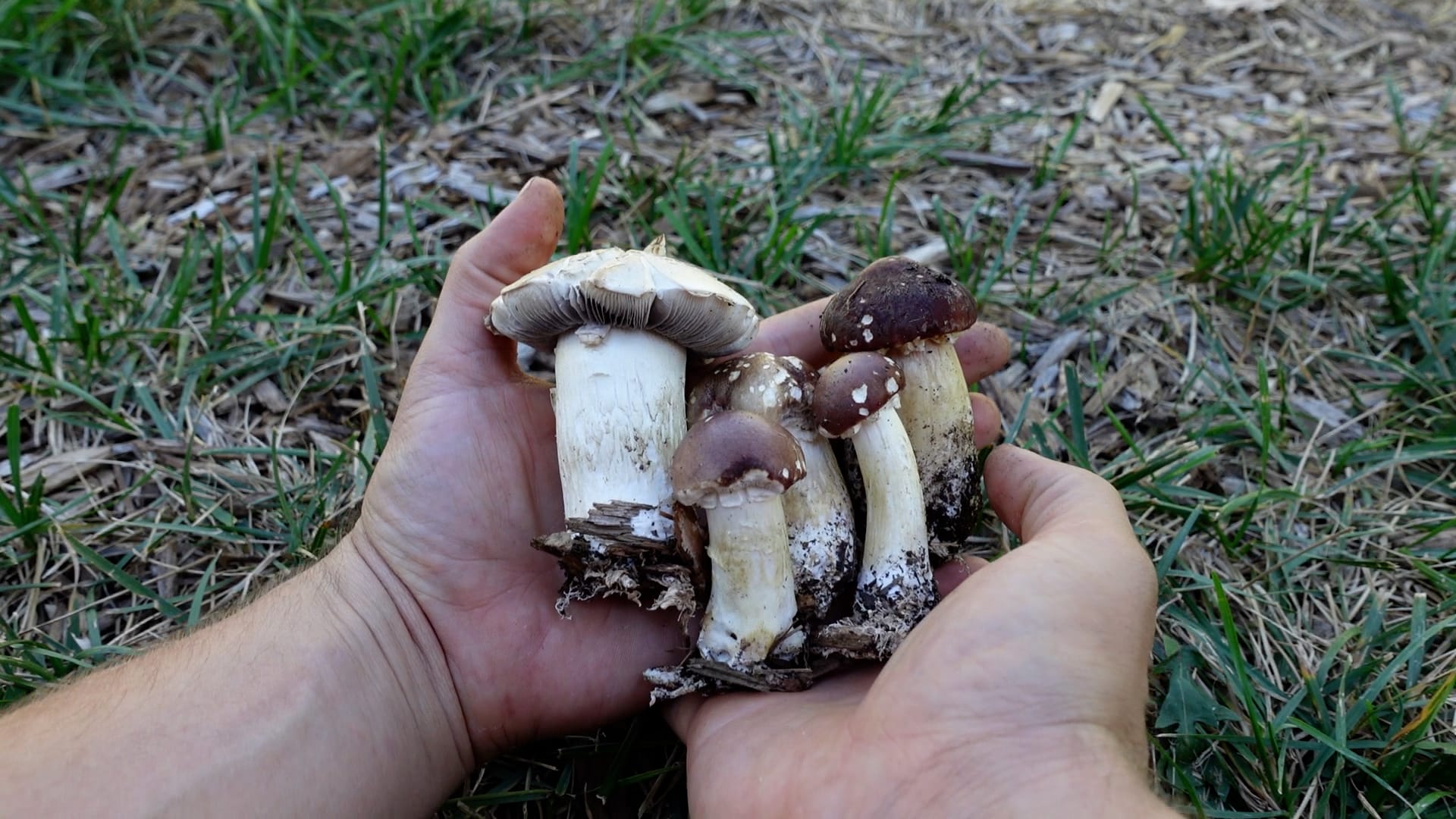
Latest Articles
Latest Articles
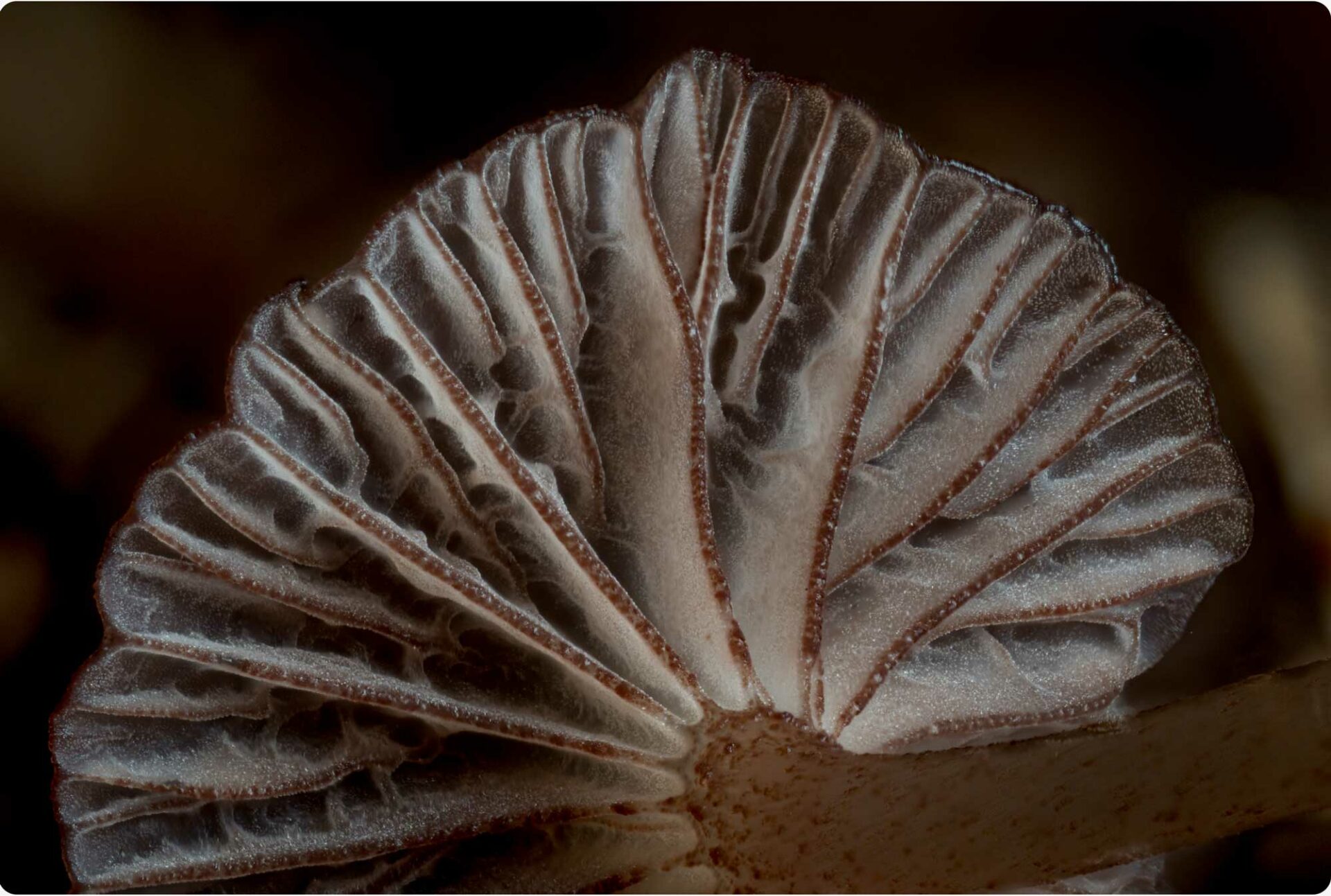
Mycology Glossary: Unlocking the Language of Fungi
Fungi are fascinating organisms, but the world of mycology (the...
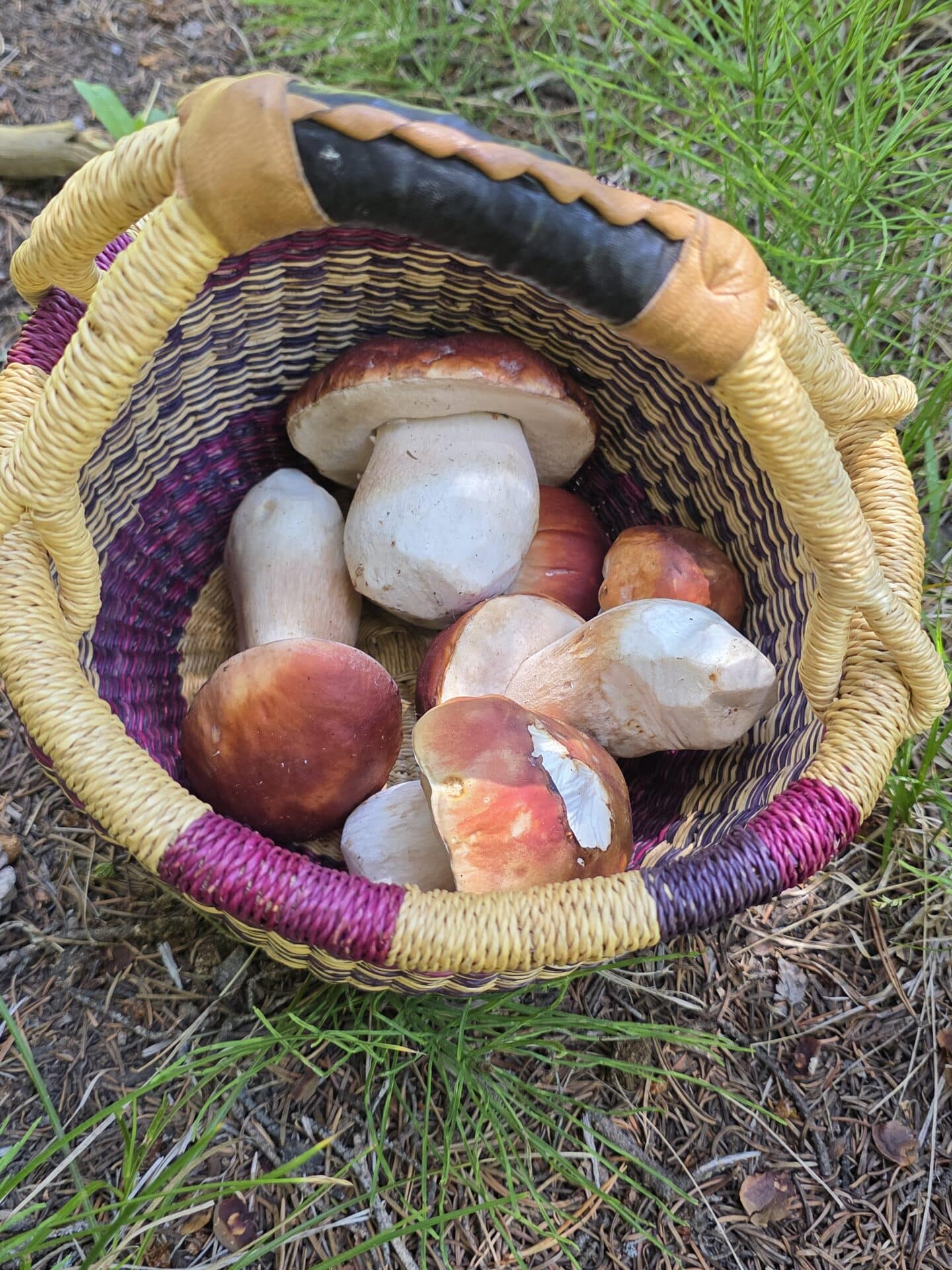
Introduction to Mushroom Foraging in the Rockies
Mushroom foraging is a unique adventure that combines hiking, nature...
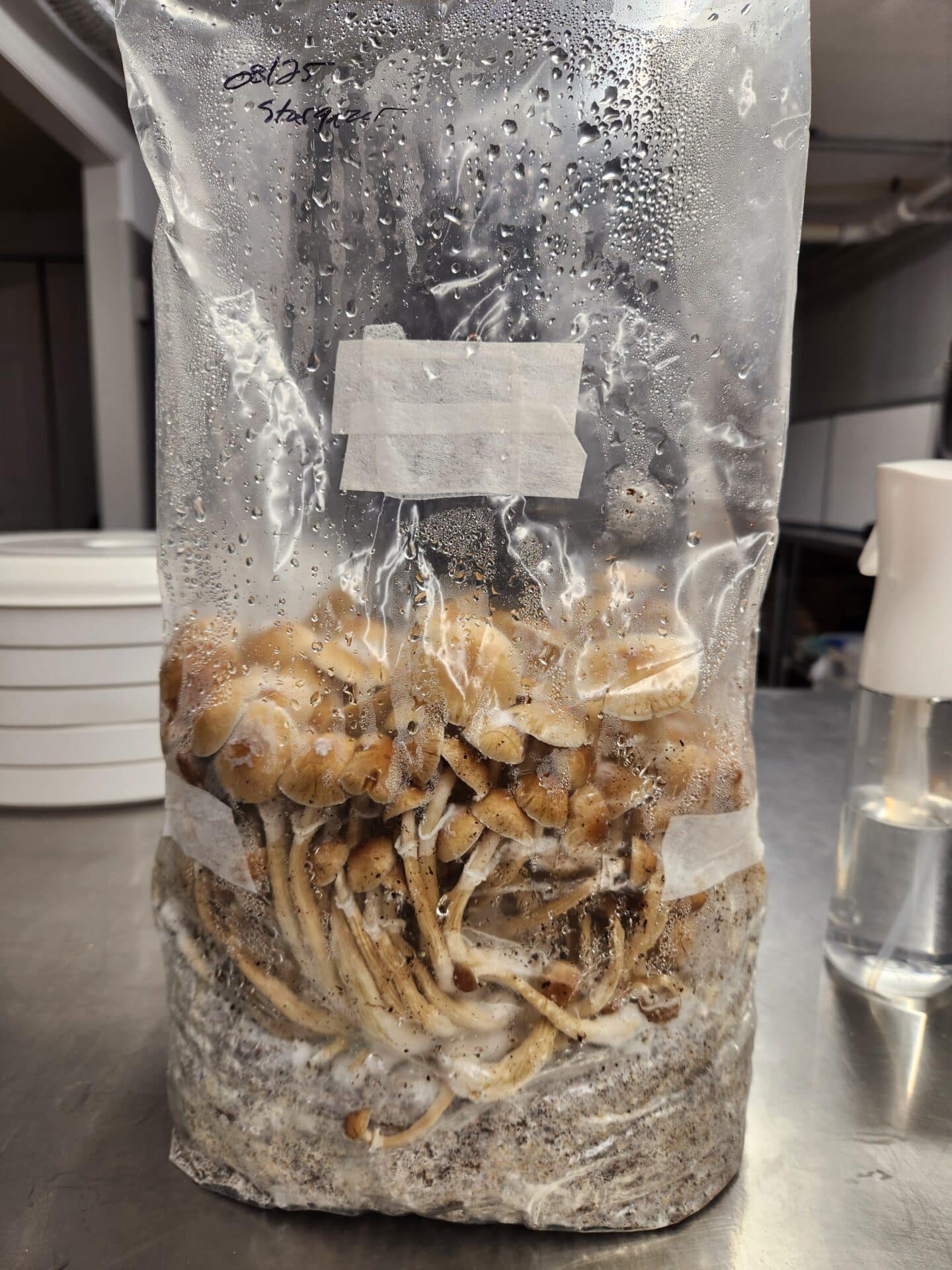
DIY Mushroom Grow Bags
Intro Growing mushrooms at home doesn’t have to be complicated...
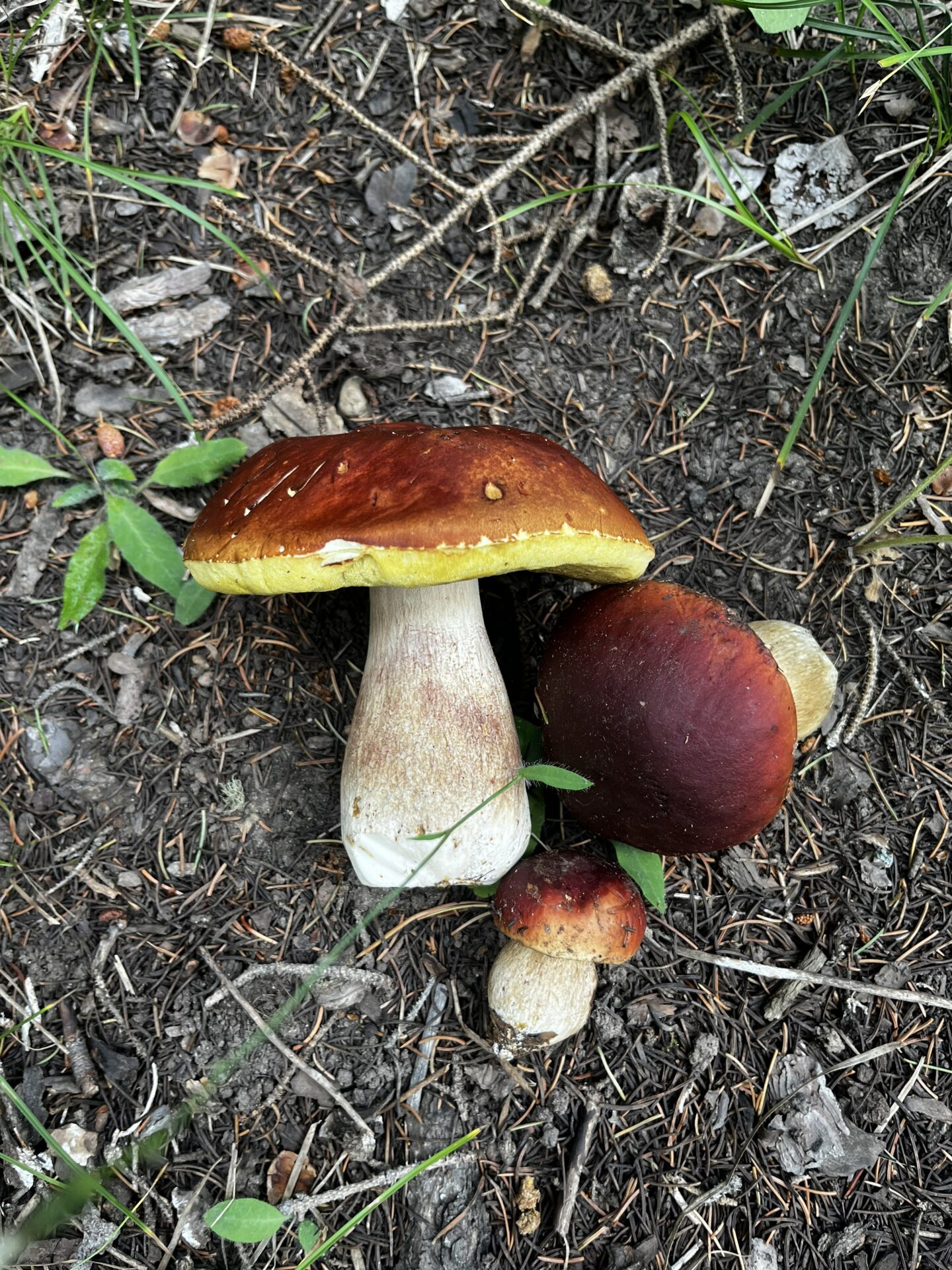
Colorado Mushroom Hunting Resources
Whether you’re just starting your journey into mushroom foraging or...
